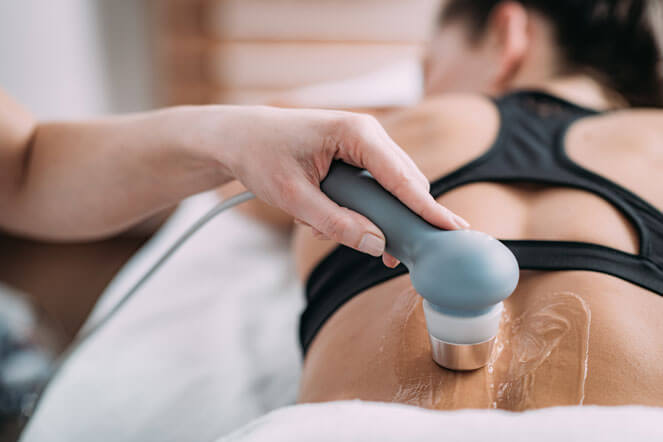We are always available to talk with you and address your concerns.
Call Us Now For Relief!
Please feel free to contact HealthPoint Chiropractic during the following hours through our office phone number or e-mail address.
SERVICES
Arthrostim
An Arthrostim is an instrument that is used as a less forceful alternative to manual adjustments.
Beginner Yoga Classes
Yoga offers many health benefits. Yoga, if properly practiced, can help your body heal more quickly.
Cox Flexion Distraction
Cox Technic is research-documented spinal manipulation to relieve lower back pain, neck pain.
Decompression Therapy
HealthPoint provides a quality, cost-affective and non-surgical alternative to relieve pain associated.
Treatment For Neck
Back pain is among the leading causes of disability and missed work. Up to 50% of working Americans.
Diathermy
In the natural sciences, the term diathermy [di’ah-ther”me] means “electrically induced heat”.
DTS Therapy
DTS Therapy is an Alternative to Surgery: Why live in debilitating pain when your condition.
Intersegmental Traction
Intersegmental Traction (IST), also know as the “Roller Table” is mostly described by our patients.
Inversion Therapy
Inversion treatments are safe and effective. It involves being upside down at a specific angle for therapeutic.
Massage Treatment
Here at HealthPoint, we provide various types of massages. From Swedish and Therapeutic to Sports.
About
Dr. Neilen has been practicing chiropractic medicine in Fort Lauderdale since 2011. Graduating from Palmer College of Chiropractic Florida Dr. Neilen wasted no time and immediately began as an associate at a local chiropractic office in fort lauderdale. He used the next 2 years to fine tune his adjusting skills and become a well rounded businessman and Doctor of Chiropractic.
QUICK LINKS
CONTACT
PHONE:
(954) 332-9999
OFFICE HOURS:
Mon,Wed,Fri:
8:30am – 12:00pm
2:30pm – 6:00pm
Tues: 2:30pm – 6:00pm
Thurs: 8:30am – 12:00pm



